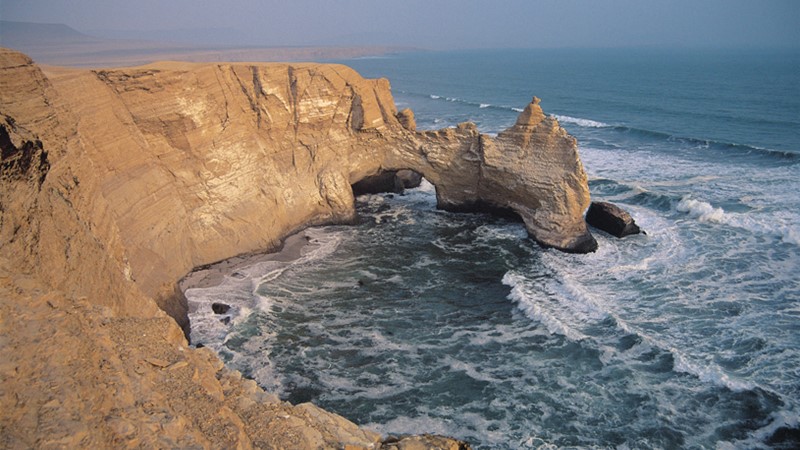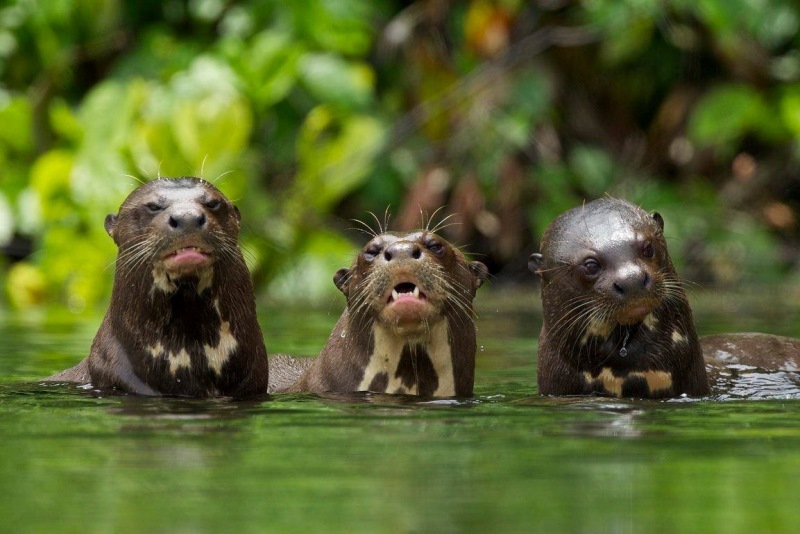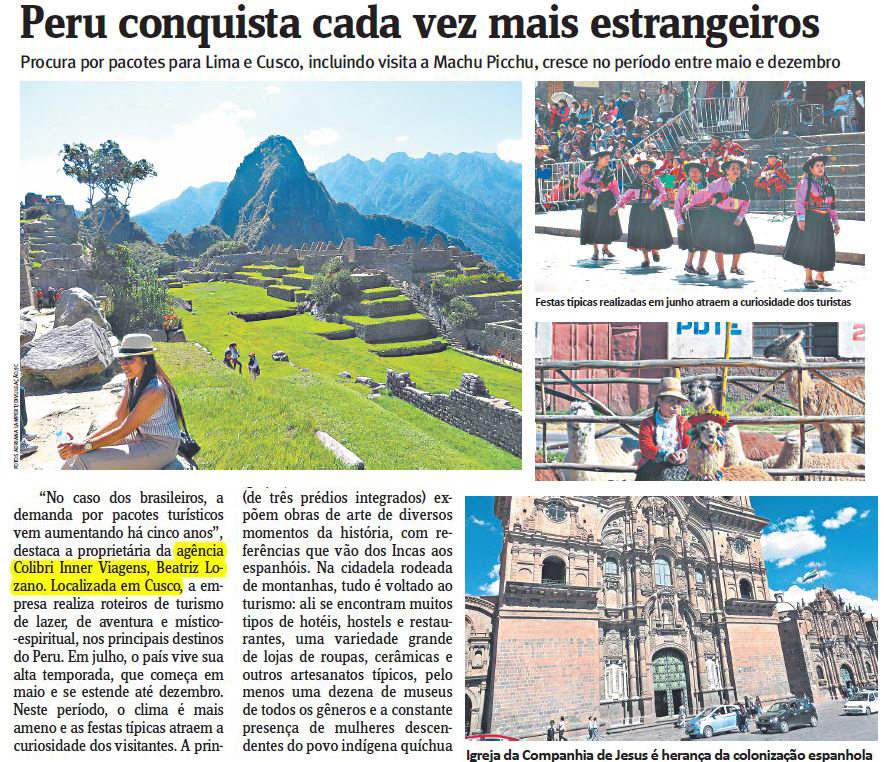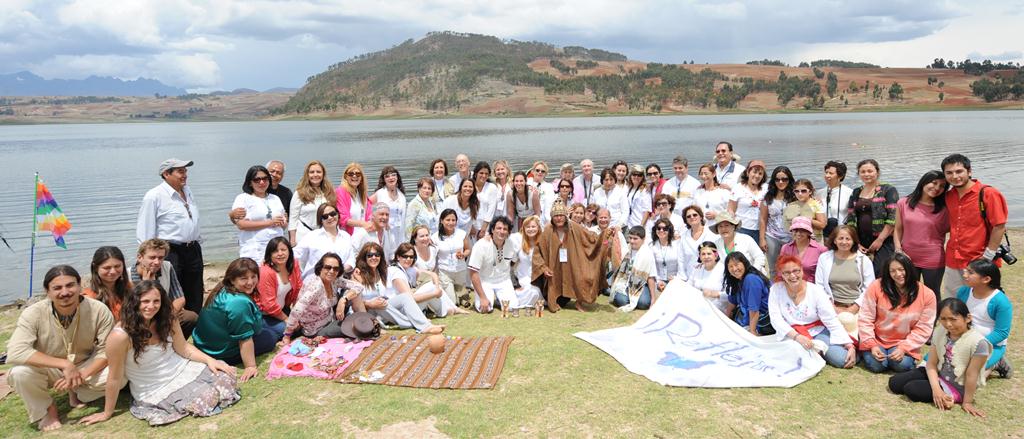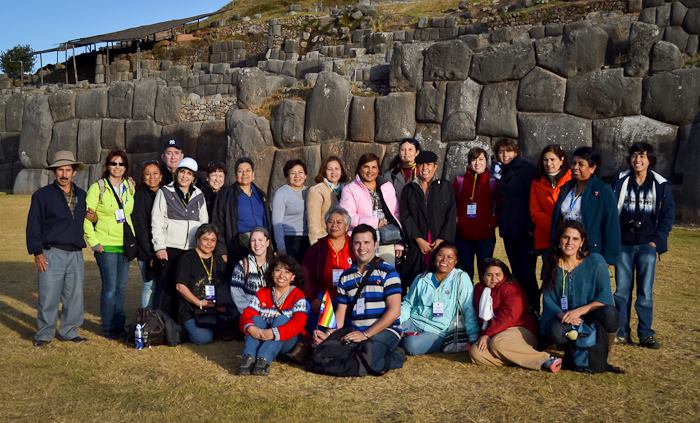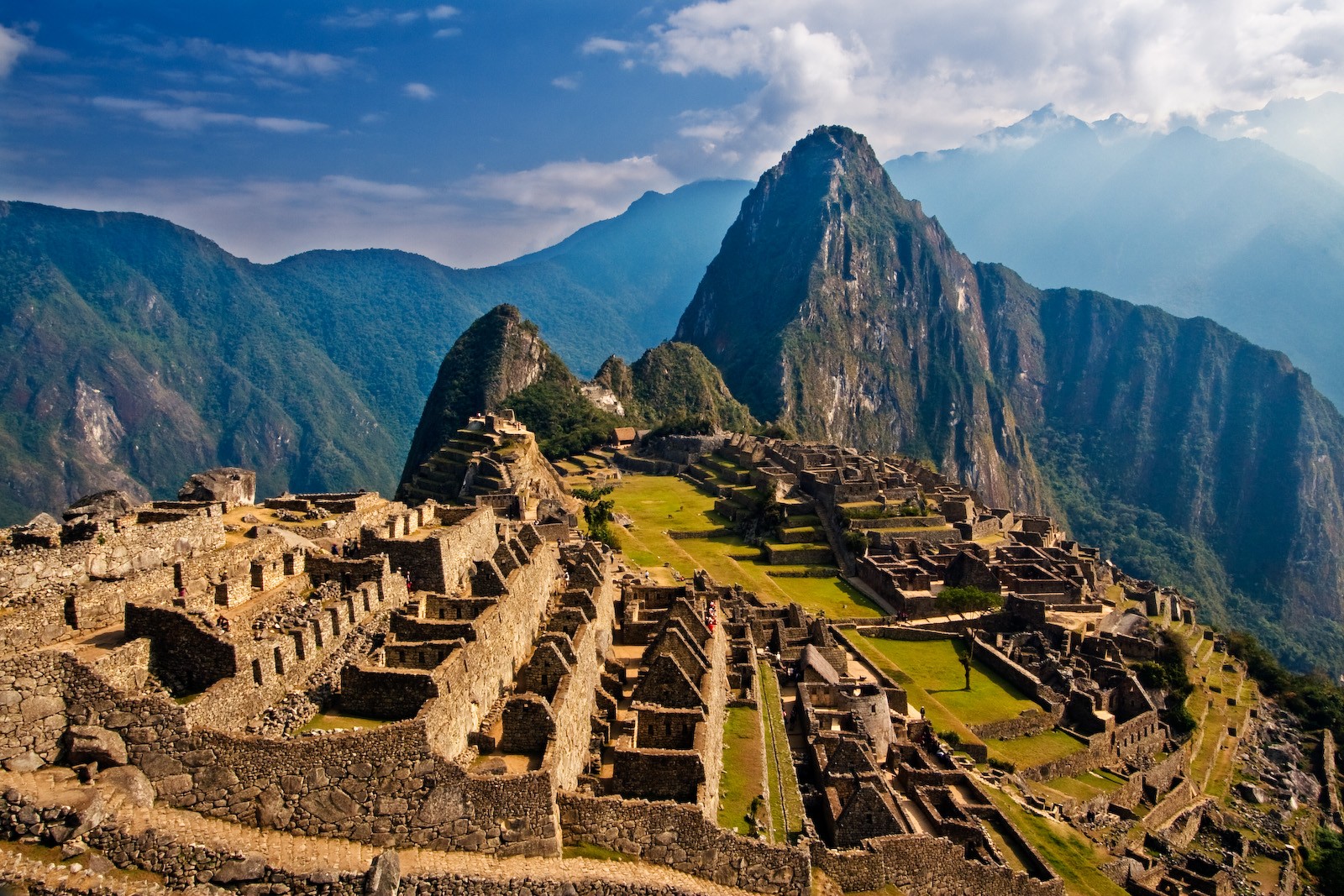Peru: Magic and Ancient country
Water and Food
The water in most of Peru is potable, but the chemical content is different in each place. To avoid any problems, we advise you to drink bottled water.
Peruvian cuisine is quite varied and spicy. Some of our dishes are: the "ceviche" (fish marinated raw in lemon juice), the "Aji de Gallina" (shredded and cooked in a sauce of milk, bread and chili chicken), the "Anticuchos" (skewers heart and beef), among many other possibilities. Do not stop taking a "Pisco Sour", typical snack made with Pisco (grape brandy), lemon juice, egg white and sugar syrup.
Although we recommend you take advantage of your visit to enjoy local and international cuisine that is prepared in Peru and is recognized worldwide as one of the best, it seems appropriate to inform you that the major international fast food chains also have locations in Lima.
Climate and clothing
In Lima and in general throughout the Coast, from December to April are the hottest and sunniest months. The months of June to August are the wettest, and from June to October drizzle may occur because in Lima almost no rain. From October to May one can dress a little lighter clothing.
In the Sierra the driest months are from June to October, although in this area the weather can vary considerably in one day. Pretty cold morning and evening, and hot at noon. So, here it is advisable to dress in clothes that permit be placed and removed easily. Sweaters / sweaters, jackets / coats and long pants are required. Daytime temperatures can range from 60 ° F / 15 ° C - 70 ° F / 20 ° C and night between 40 ºF / 4 ° C - 50 ° F / 10 ° C. For example, if you are visiting the city of Cusco (3,400 m / 11,200 ft) and take an excursion to Machu Picchu (2,400 m / 8,000 ft), going from dawn quite cold, and when you reach citadel can find high temperatures, not only for the time change, but the change in height. From December to March there is rain and is necessary to use waterproof clothing.
In the jungle, where Iquitos and Puerto Maldonado are located, the temperature is 80 ° F / 27 ° C. Rainfall is heaviest from June to November. The required attire is the same all year: tropical clothing, but always wearing long pants and long-sleeved lightweight cotton, which not harbor but that protect against insects, for walks in the jungle. Forget not wear waterproof boots or sturdy walking shoes water, absorbent socks, hat, raincoat, swimsuits, sunglasses, sunscreen, insect repellent, binoculars, flashlight, water bottle or canteen.
Security
As in all large cities of the world, there is a high rate of theft in the form of pickpockets. Therefore, we recommend you take the money and credit cards belts, and preferably not lead portfolio unless it is essential.
Major hotels have safes service and we encourage them to save valuables, jewelry, passports and plane tickets. Handbags, cameras and camcorders should be cautious, careful in places with concentrations of people such as markets, train stations, public squares, etc.
Time
The time in Peru is -5 GMT.
Currency
The Peruvian currency is the Nuevo Sol (S /.). Like almost all, is a decimal system (100 cents = 1 Nuevo Sol). Coins: 10, 20 and 50 cents, 1, 2 and 5 soles; in the field of banknotes, there are 10, 20, 50, 100 and 200 soles.
The exchange rate relative to the US Dollar is variable but in general is S / USD $ 2.85 per $ 1 Try to have small bills with you to facilitate your transactions.
Most hotels, restaurants and shops accept US dollars, but if you want to change your money into local currency, we recommend you do it in banks or apply at the hotel reception. For safety, never do so with those who offer this service on public streets.
Banks are usually open to the public Monday through Friday from 9:00 a.m. to 5:30 pm and Saturdays from 9:00 am to 12:00 pm. Located in strategic places, there are ATMs to withdraw cash with major international credit cards, either in local currency or dollars. If you withdraw money from ATMs, try to take security measures suggested worldwide.
The most popular international credit cards (American Express, Diners Club, MasterCard and VISA) are widely accepted in most hotels, restaurants and shops. To contact the local offices of these credit cards, you may call:
American Express Diners Club Master Card Visa
T. T. 441-4744 or 441-4762 221-2050 (Please contact the office of Master Card in their country of origin). Make a collect call to the US (410) 581-9754.
Electric current
Throughout the Peru current is 220 volts AC / 60 cycles. Most hotels have in the bathroom outlet 110 volt shaver to use, but not for travel irons or hair dryers.
Transport
In all cities, circulating lot of taxis, whose rates are quite acceptable. Before taking a taxi, we recommend to ascertain the approximate rates that must bill for a given route, the hotel concierge.
As there are no taxi meters before starting the tour fee should be clearly established between you and the driver. In Lima, whether to take a taxi in the street, use the yellow badge having car driver and visibly placed inside.
Remember to bring coins to pay for this service.
Phone
There prepaid phone service, of different value, Telefonica del Peru (Peruvian telephone company) and other cards, which can be purchased at supermarkets and newsstands.
Shopping
In Peru you can find variety of silverware, alpaca and vicuna, and various items of pima cotton. Our craftsmanship is very diverse and valued worldwide.
We would appreciate remember that the original antiques (figurines, ceramics, colonial paintings, Inca textiles, metal objects, etc.), since these could be considered cultural heritage can not be taken out of the country.
Airport Taxes
The Unified National and International Airport Use Fee (TUUA) is included in the airfare. * This fee allows visitors through the TUUA bound for departure lounges only once.
This payment is also required to transfer passengers departing from the departure lounges and require you to enter and passengers having passed control TUUA bound for departure lounges, leave this area and then require you to go through this control to continue loading. In these cases, payment must be made at the checkout enabled on the second floor of the airport.
 Spanish
Spanish
 English
English
